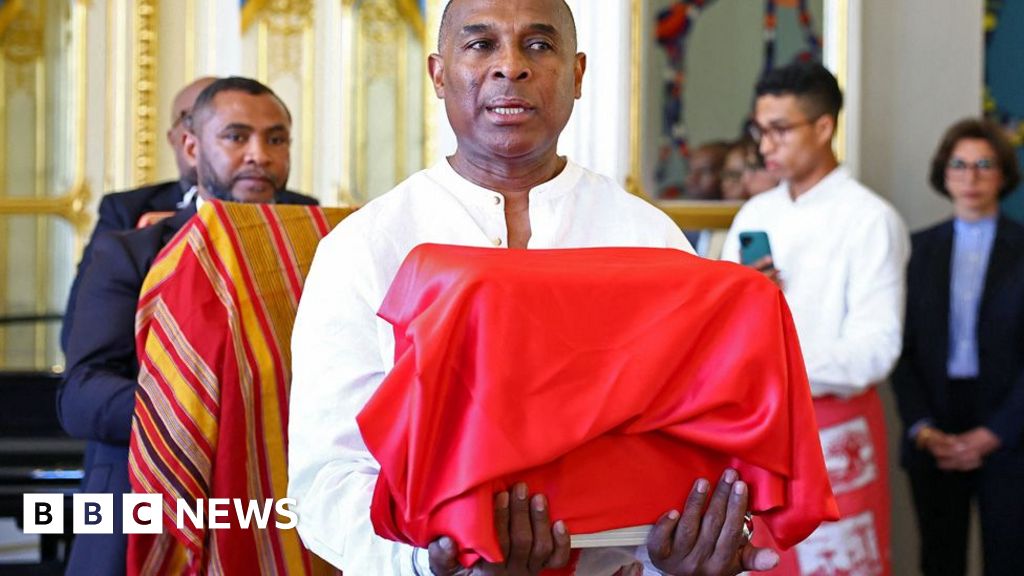In the days following the passing of Pope Francis, attention has turned to the significant decision facing his successor: the choice of a name. This selection will not only bear deep personal meaning but also serve as an early indication of the new pope's papal vision and direction.
While there are no formal guidelines for this choice, tradition dictates that newly elected popes often look to historical precedents, frequently selecting names of saints or previous popes whom they admire. For instance, Pope Francis made history as the first to choose the name in honor of St. Francis of Assisi, emphasizing humility and a commitment to poverty that shaped his papacy. Similarly, Pope John Paul II chose his name to pay homage to John Paul I, a predecessor whose tenure was tragically cut short just 33 days after his election.
The convention of adopting a papal name dates back to 533 AD, initiated by a priest named Mercurius who, deemed too pagan by his contemporaries, chose to be known as Pope John II. This significant change reflected an awareness of the cultural and symbolic weight of names. Choosing to adopt the name of a previous pope could be perceived as a continuation of that pontiff's priorities—suggesting, for example, that a John Paul III might lean toward maintaining doctrinal teachings and advocating for social issues, whereas a name like Pius XIII could signal a return to more traditional values.
The announcement of the new pope’s name occurs from the famed papal balcony at St. Peter’s Basilica, with Cardinal Dominique Mamberti of France—the senior cardinal deacon—proclaiming “Habemus papam,” or “We have a pope,” in Latin, ushering in an era defined by the chosen name.
As observers await the outcome, the name selected will undoubtedly forge connections to a rich lineage of church history and provide a valuable insight into the future priorities of the Catholic Church.
While there are no formal guidelines for this choice, tradition dictates that newly elected popes often look to historical precedents, frequently selecting names of saints or previous popes whom they admire. For instance, Pope Francis made history as the first to choose the name in honor of St. Francis of Assisi, emphasizing humility and a commitment to poverty that shaped his papacy. Similarly, Pope John Paul II chose his name to pay homage to John Paul I, a predecessor whose tenure was tragically cut short just 33 days after his election.
The convention of adopting a papal name dates back to 533 AD, initiated by a priest named Mercurius who, deemed too pagan by his contemporaries, chose to be known as Pope John II. This significant change reflected an awareness of the cultural and symbolic weight of names. Choosing to adopt the name of a previous pope could be perceived as a continuation of that pontiff's priorities—suggesting, for example, that a John Paul III might lean toward maintaining doctrinal teachings and advocating for social issues, whereas a name like Pius XIII could signal a return to more traditional values.
The announcement of the new pope’s name occurs from the famed papal balcony at St. Peter’s Basilica, with Cardinal Dominique Mamberti of France—the senior cardinal deacon—proclaiming “Habemus papam,” or “We have a pope,” in Latin, ushering in an era defined by the chosen name.
As observers await the outcome, the name selected will undoubtedly forge connections to a rich lineage of church history and provide a valuable insight into the future priorities of the Catholic Church.






















